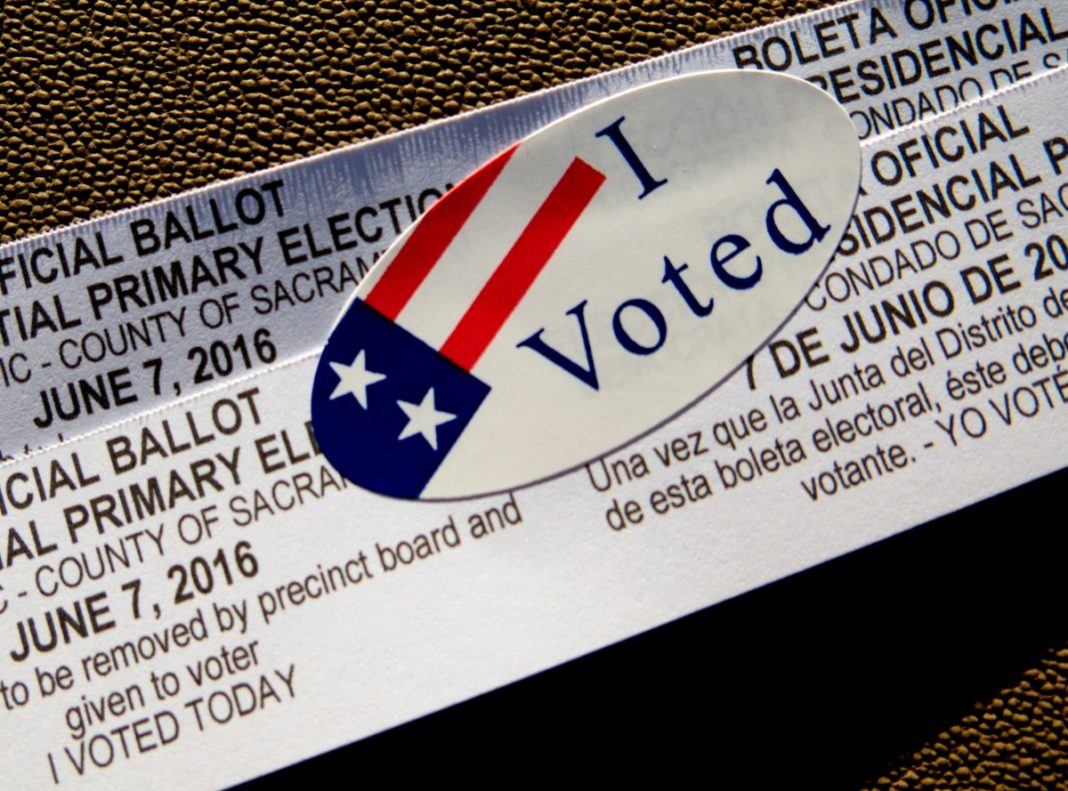Most States have political identities that are reflected in the State’s voting history. This data gives us the ability to pre-determine State victories in the upcoming American presidential elections. Including figures from the last presidential election in 2016, 39/50 States (and the District of Columbia) can be classified as having a strong political identity that assumes a particular party’s victory in some of these specific States. The remaining eleven States are more unpredictable, and thus, are classified as Swing States. The unpredictable states with no strong political identity are the most coveted victories for Presidential candidates because they provide the necessary electoral college points to push a particular candidate over the line, winning them the presidential election. So, what does voting data specifically tell us about the characteristics of the United States leading up to the 2020 American presidential election?
By consulting the last eleven elections spanning over the last 40 years, we can analyze the party victory percentage and then divide States into two categories: Party State or Swing States. A Party State is a State in which a particular political party has a strong identification with voters and can expect to win. The States that have voted for the same party over 75% (9/11 elections) in the last forty years are classified as States with a strong party identity, and thus Party States. Swing States are quite the opposite. These States do not have a strong relationship between a political party and the voter base, meaning the election results cannot be confidently predicted. Those States that vote for the same political party 55% of the time (6/11 elections) are considered to have a weak party identity and classify as Swing States.
However, there are outliers. Not all States register above 75% or at 55%, therefore, they cannot be clearly defined as a Swing State or Party State. In order to predict how these states may vote in the 2020 election, we can analyze party victory percentage since 2000. If the same party records a victory percentage of +80% (or 5/5) in the last 19 years, we can conclude that the State is forming a clear party identity and exemplifies a strong chance of voting for that party in the upcoming election, placing them in the Party State category. Those who record 80% or below are too unpredictable and are concluded to be Swing States
Once the States are categorized, we assign the two main political parties electorate points based on their affiliation Party States. Its noted that the Republicans have a strong association with twentythree States while the Democrats have sixteen States and the District of Columbia. Once we assign the respective parties the electorate points based on what States predetermined, we discover that each party can assume to have 201 points leading into the 2020 election without the support of those states we have classified as Swing states.
In order to win the election, each candidate must acquire at least sixtynine more points, needing a minimum of 270, all of which will come from Swing States. The data suggests that the eleven States that with no strong predictable party identification, are Colorado, Florida, Iowa, Nevada, Ohio, Virginia, Michigan, New Hampshire, New Mexico, Pennsylvania and Wisconsin. However, four of these Swing States (Florida, Pennsylvania, Ohio and Michigan) will prove to be most important due to the large number of electoral college points that would contribute most in achieving the 270-point minimum to be elected the President of the United States.
As the United States inches closer to the general election, observe as Donald Trump and his yet-to-be decided Democratic contender place a major significance on these eleven unpredictable States, with a special focus on the four largest point givers.






